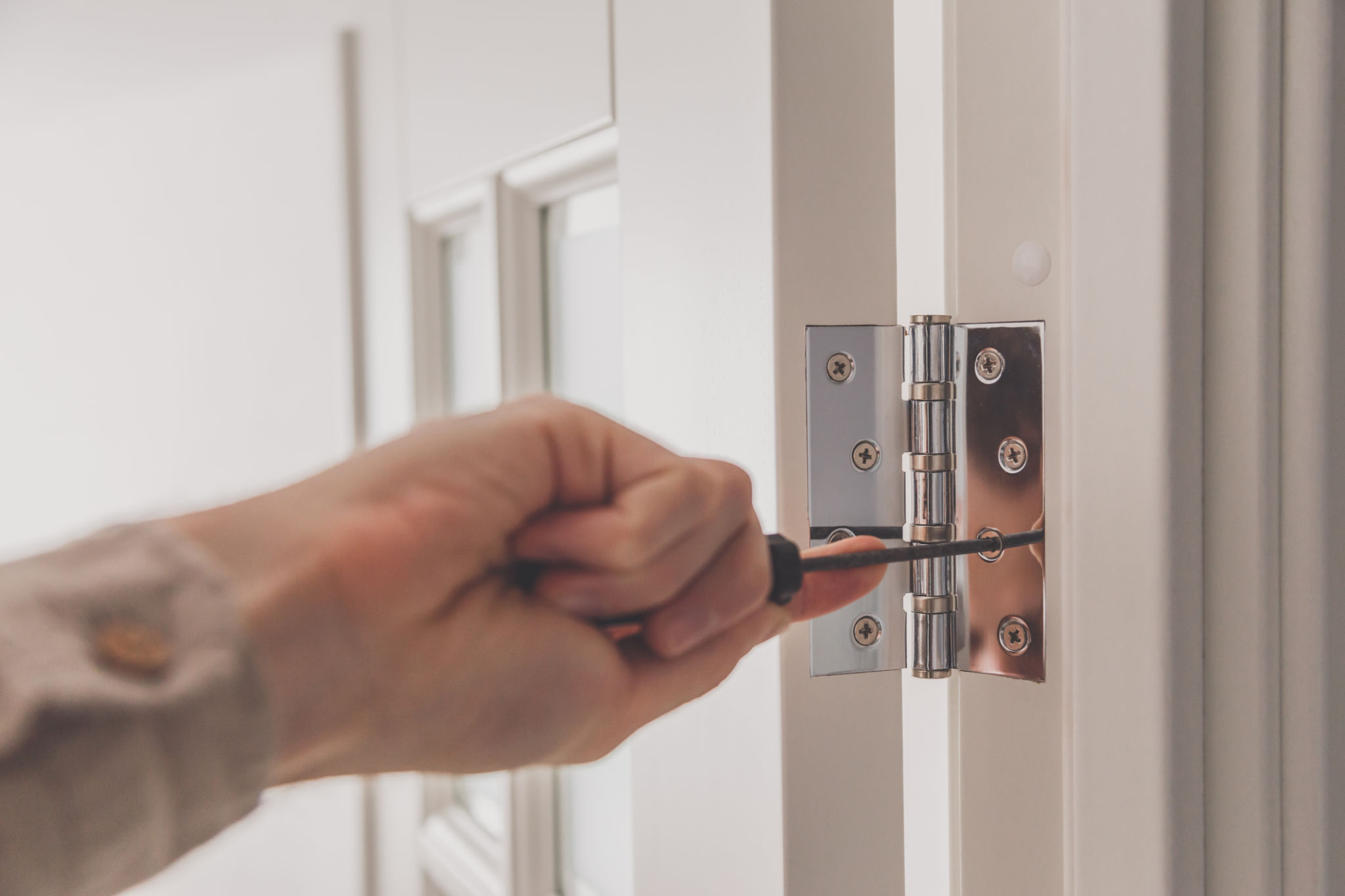DIY Lock Troubleshooting: What to Try Before Calling a Locksmith
Understanding Common Lock Issues
Locks are essential for keeping our homes and possessions safe. However, they can sometimes be fickle, leaving you locked out or unable to secure your property properly. Before you reach for the phone to call a locksmith, there are some DIY troubleshooting steps you can take to resolve the issue yourself. Understanding common lock problems and their potential solutions can save you both time and money.
One of the most frequent issues is a key not turning in the lock. This could be due to a variety of reasons, ranging from dirt and debris to more complex internal problems. By identifying the root cause, you can often fix the problem with minimal effort.

Inspecting and Cleaning Your Lock
The first step in troubleshooting a lock is to inspect and clean it. Over time, dirt and grime can accumulate inside the lock, obstructing the movement of the key. To clean your lock, start by applying a lubricant like graphite powder or a silicone-based spray into the keyhole. Avoid using oil-based lubricants as they can attract more dirt.
Insert the key and turn it gently back and forth to distribute the lubricant. If the key still doesn't work smoothly, try removing any visible debris with a small brush or a can of compressed air. Regular maintenance with these methods can prevent future lock issues.

Examining the Key
Sometimes, the issue isn't with the lock but with the key itself. Over time, keys can become worn or bent, making it difficult for them to engage with the lock mechanism properly. Inspect your key for any signs of wear and tear. If it appears damaged, consider having a new one cut.
If you're using a duplicate key, try using the original instead, as copies can sometimes be imperfect. If the original works smoothly, it might be time to get a more accurate duplicate made.
Realigning Misaligned Door Locks
Another common issue is misalignment between the door lock and strike plate. If your lock is difficult to engage or disengage, check to see if the door has shifted or sagged over time. Realigning the door can often resolve these issues.
- Tighten the hinges if they are loose.
- Adjust the strike plate by loosening its screws and repositioning it slightly.
- Ensure the door closes evenly into the frame.

Checking for Broken Internal Components
If cleaning and adjusting don't solve the problem, there may be an internal component of the lock that is broken. Disassembling a lock can be complex, so proceed with caution. If you're comfortable, remove the lock from the door and check for any obvious damage or wear inside.
If you're unsure about disassembling your lock, it might be time to call in a professional locksmith who can diagnose and repair more serious issues safely.
When to Call a Locksmith
While DIY troubleshooting can often resolve minor issues, there are times when professional help is necessary. If your lock is severely damaged, if you've lost all keys, or if you're dealing with a high-security lock, it's best to contact a locksmith.
A locksmith not only has the expertise to fix complex problems but also carries insurance that covers potential damages during repair. Knowing when to call in an expert can save you from inadvertently causing more damage to your lock or door.

Preventive Measures for Future Lock Issues
To avoid future lock troubles, consider implementing some preventive measures. Regularly lubricate your locks to keep them functioning smoothly, and check for any signs of wear on both locks and keys. Additionally, ensure that your doors are hung correctly and that hinges remain tight.
By taking these simple steps, you can extend the life of your locks and reduce the likelihood of unexpected lockouts or malfunctions.
Conclusion
DIY lock troubleshooting can be an effective way to resolve minor issues without needing professional assistance. By understanding common lock problems and taking proactive measures, you can maintain your locks in good working order. However, never hesitate to call a locksmith for complex or high-security locks to ensure your safety and security remain uncompromised.
